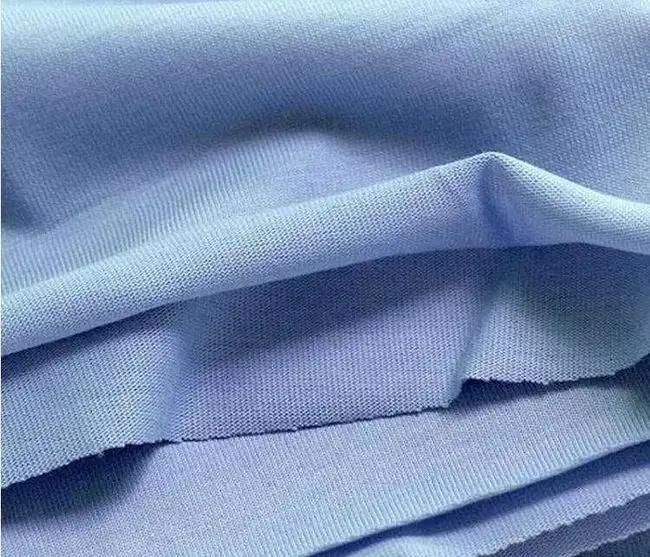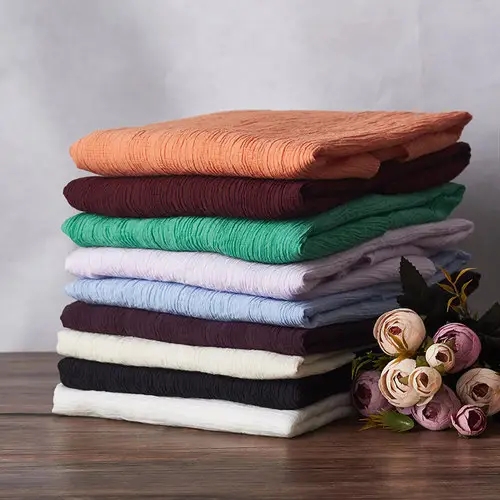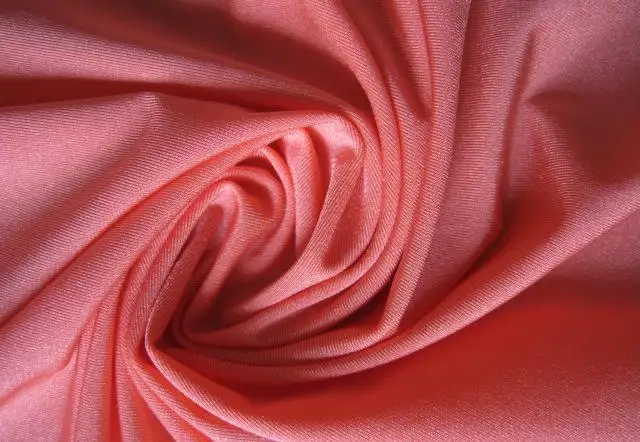01 Abrasive Resistance
Nylon has some similar properties with polyester. The differences are that the heat resistance of nylon is worse than that of polyester, the specific gravity of nylon is smaller and moisture absorption of nylon is greater than that of polyester. Nylon is easy to dye. Its strength, abrasive resistance and fatigue resistance are all better than polyester. Nylon will deform more easily, but it has good recovery performance and higher rebound resilience.
The high elongation of nylon makes it good in resistance to impact wear. The wear resistance of nylon is the best among all fibers, which is 10 times higher than that of cotton and 20 times higher than that of wool.
02 Specific Gravity
Among the main synthetic fibers (polyester, nylon, acrylic fiber and Vinal), the specific gravity of nylon is the smallest, which is 1.14. Because of its light specific gravity, nylon is suitable for materials for work at heights and on high mountains. Also because its high strength, nylon can be applied in making rope, finishing net, fine sisal yarn and “hollow cored fiber”.
03 Thermal Property
When nylon is processed, the influence of temperature on fiber property should be considered. When the temperature of hot air is over 100℃, the strength loss of nylon is obvious. That is because under the reaction of heat, the fiber molecules will have oxidative chemical degradation. Generally, at lower temperature, the strength of nylon is stronger. Because at low temperature, the molecules have little thermal motion and the intermolecular forces are strong.
At room temperature, the strength of nylon staple fiber can be up to 57.33~66.15cN/tex and the strength of nylon high-tenacity fiber can be up to 83.8cN/tex, which are 2~3 times stronger than that of cotton fiber. In addition, the increasing of temperature will lead to nylon shrink. When it is close to melting point, the shrinkage is severe and the fiber will yellow.
04 Electrical Property
The conductivity of nylon is very low. So there will easily have accumulation of static electricity during production. But when the relative temperature of environment increases, the conductivity increases as an exponential function. For example, when the relative humidity changes from 0 to 100%, the conductivity of Nylon 66 will increase 106 times. So the wet feeding treatment as mist spray in the processing of nylon will decrease accumulation of static electricity.
05 Moisture Absorption Performance
Nylon is a hydrophobic fiber. But in the nylon macromolecules, there are a lot of weak hydrophilic groups, as -C=O-NH-. And at both ends of the molecules, there are also -NH2 and -COOH hydrophilic groups. Therefore, the moisture absorption performance of nylon is higher than that of all other synthetic fibers, expect for Vinal.
06 Chemical Property
The chemical stability of nylon is good, especially the alkali resistance. In 10% NaOH solution, after processing for 10 hours at 85℃, the strength of fiber decreases 5% only.
The more active group in nylon macromolecule is the amide group, which will be hydrolyzed under certain conditions.
Acid can hydrolyze nylon macromolecules and cause the decreasing of the degree of fiber polymerization. Nylon macromolecules can also hydrolyze in water above 150℃. Acid and heat can catalyze the hydrolysis of fiber.
Strong oxidant will damage nylon, such as bleaching powder, sodium hypochlorite and hydrogen peroxide, etc., which will cause the fracture of fiber molecular chain and decrease the strength of fiber. Also the fabrics will yellow after being bleached by these oxidants. So if it needs to bleach nylon fabrics, there generally use sodium chlorite (NaCLO2) or reducing bleaching agent.
Post time: Dec-03-2022




